Nothing says adventure like gearing up for a once-in-a-lifetime trip to a faraway destination. Though, through all the excitement and last-minute packing, the looming long-haul flight to get there is often given the “out of sight, out of mind” treatment.
These intrepid travelers are making some proactive changes, however, as a Google Trends report noted searches for “travel hacks for long flights” rose 150% in the first quarter of 2025. While nothing can truly prepare adventurers for a long-haul flight — a good amount of it is plain ol' determination — consider implementing these tips on your next getaway.
Fueling Up
Believe it or not, there’s a science behind the types of foods travelers should consume before and during their long flights. Because of the changes in atmospheric pressure during the flight, additional stress is placed on the intestines, impacting a passenger’s bowel movements. On top of that, sitting for extended periods can cause a buildup of gas in the digestive tract, leading to bloating and feelings of discomfort.
The key to avoiding this sensation is to eat slowly and avoid gas-forming foods. According to the Aerospace Medical Association (AsMA), when flying and eating quickly, the extra air that is subconsciously swallowed will expand, and the gas created from digestion stacks on top of this, creating that tight, bloated feeling in our stomachs. Consuming snacks and meals at a slower pace can give our bodies a better chance at processing the nutrients fully without overwhelming the digestive tract.
In that same vein, cruciferous vegetables like broccoli, cauliflower and cabbage, as well as legumes, are examples of gas-forming foods to avoid. Eating from these food groups increases the gas in our bodies and, as AsMA notes, can potentially cause discomfort.
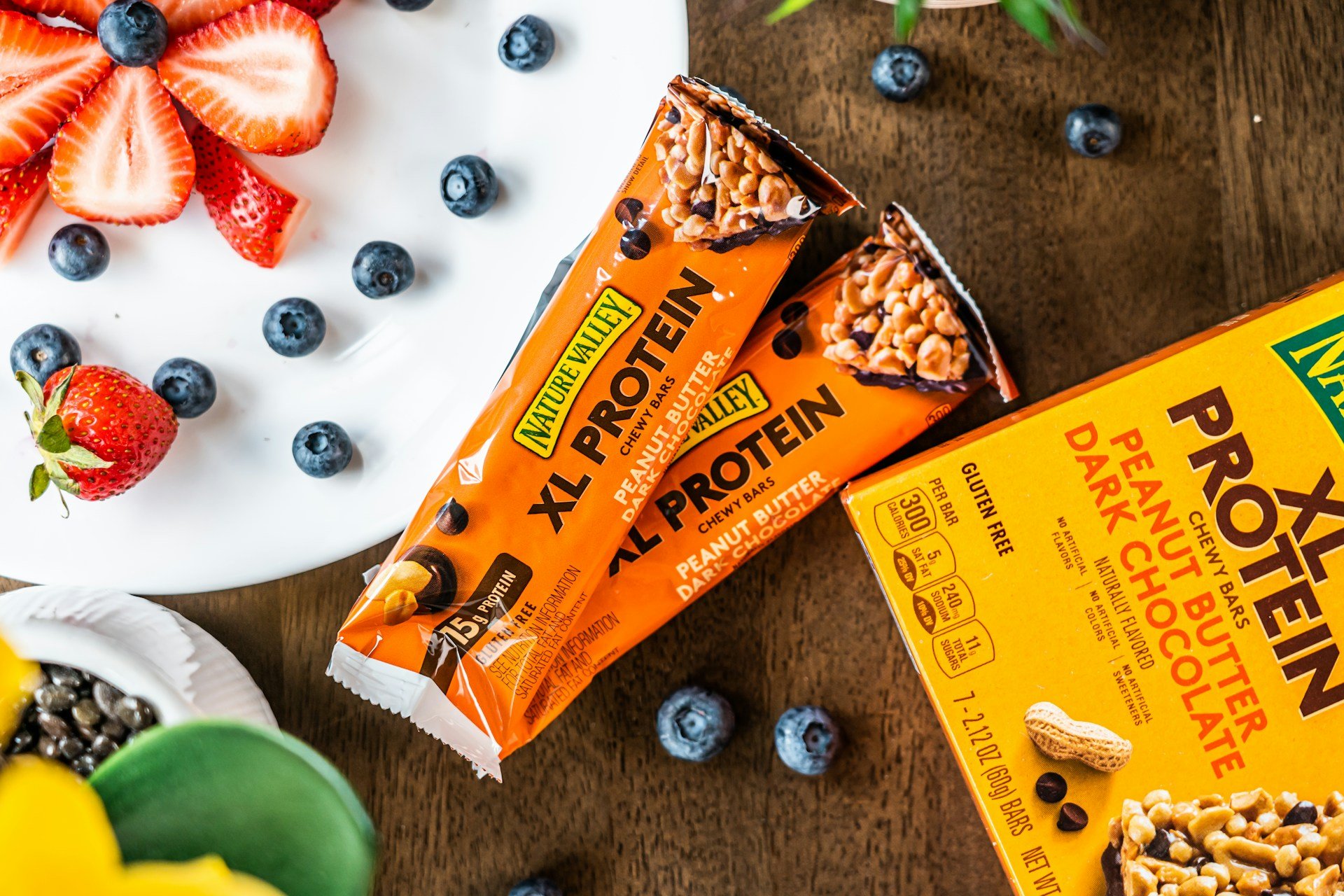
So, what should travelers eat in preparation for a long-haul flight? Complex carbs like oats, quinoa and brown rice will provide a steady release of energy, helping these individuals feel full and energized throughout the long hours. Lean protein such as grilled chicken, turkey, tofu or fish helps travelers feel satiated, while fruits and veggies (specifically, berries, apples, oranges, carrots, cucumbers and bell peppers) add volume and necessary micronutrients. Healthy fats in avocados, nuts or seeds will round out the core food groups to keep travelers’ diets balanced.
Protein bars, dried fruit and trail mix are good selections as well. Avoid snacks high in processed sugar or salt, greasy meals, fried foods and carbonated beverages for your best chance at feeling refreshed upon landing.
Catching ZZZ’s
There’s not a singular piece of advice that’s going to solve all of a traveler’s sleeping ailments, but these tips might help make it easier to catch a quick nap while flying. One of the most important tools to invest in is a solid pair of noise-canceling headphones. The noise from nearby passengers and the general airplane clatter can make it hard for travelers to relax enough to fall asleep. Popping on some heavy-duty headphones can help drown that extra noise out and ensure passengers are getting some shuteye.
Additionally, a comfy neck pillow and eye mask can elevate the sleeping experience. Sometimes, we feel pressured to adjust to the destination’s time zone, and that stress of getting enough sleep before landing keeps us up longer. Even if travelers don’t typically sleep with these things at home, the plane is an extenuating circumstance with a completely unique environment.
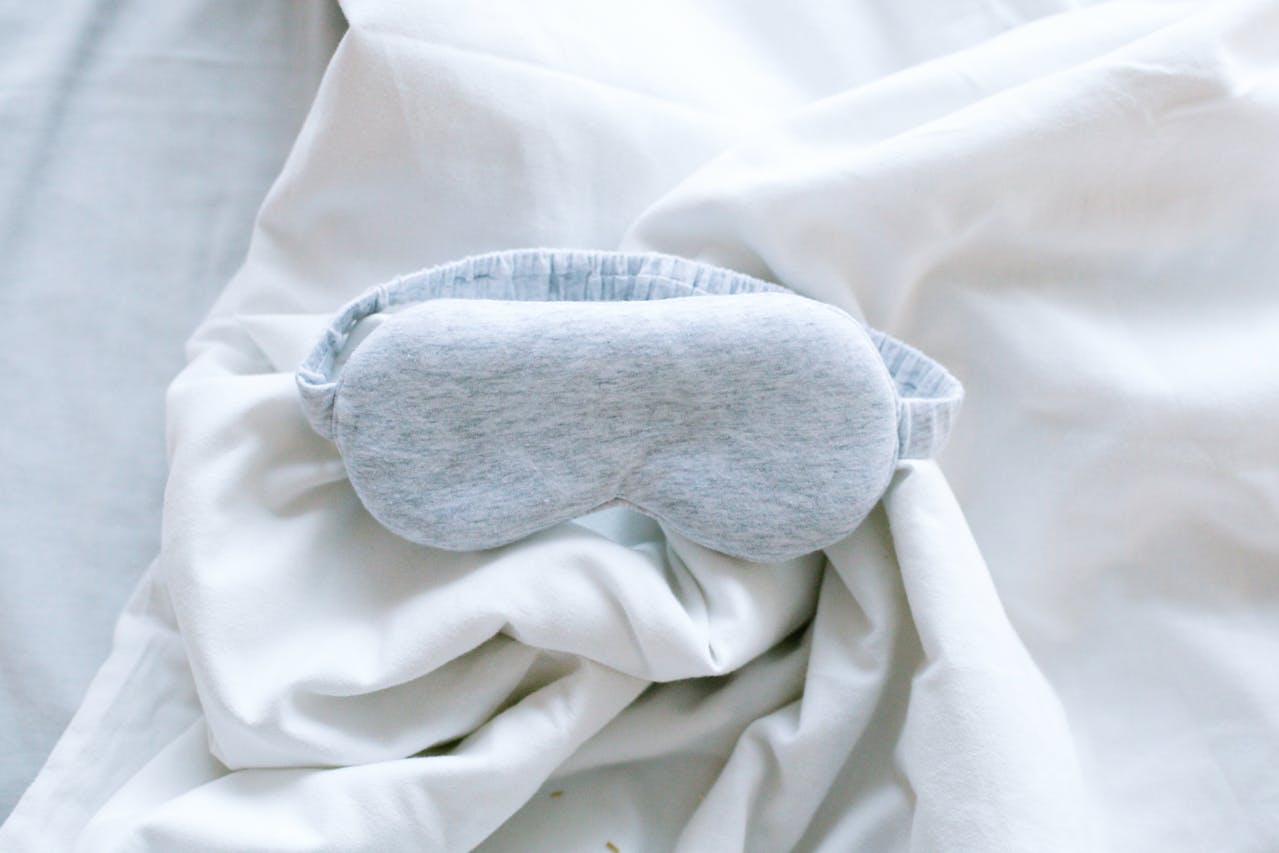
Lastly, if possible, try to be strategic about when you’re sleeping. Set phones, tablets and other electronics to the time zone you’re headed to, and take a nap during hours that make sense for that place. It’s not a cure-all for jet lag, but it will make the transition easier.
Staying Hydrated
Completing the trifecta of healthy habits for flying, staying hydrated is equally as important as nutritious foods and good sleep. On long-haul flights particularly, the risk of dehydration is much higher because of the cabin’s low humidity and recirculated air. Travelers may even notice that their throat, skin and nose are extra dry. Some passengers may use dehydration as a tactic to avoid using the airplane bathroom, but consuming enough water is important for your muscles, especially considering the long periods of sitting. It will also help passengers feel less lethargic overall.
Bringing a personal water bottle is highly advisable, as this ensures travelers always have accessible water and can stay hydrated, even when the flight attendants aren’t making their rounds. AsMA recommends drinking one cup of water per hour when flying and limiting the consumption of alcohol, tea, coffee and caffeinated drinks.
What (Not) To Wear
Generally, most passengers are in the same boat about this one when it comes to long flights, but be mindful of the clothes you wear onto the flight — layered, loose clothing is the best way to go. For travelers who are arriving in a different climate from where they departed, the flexibility of layers to adjust to changing temps will make for a much smoother switch. Additionally, loose clothing will help travelers feel less confined and is more conducive for seat stretching.
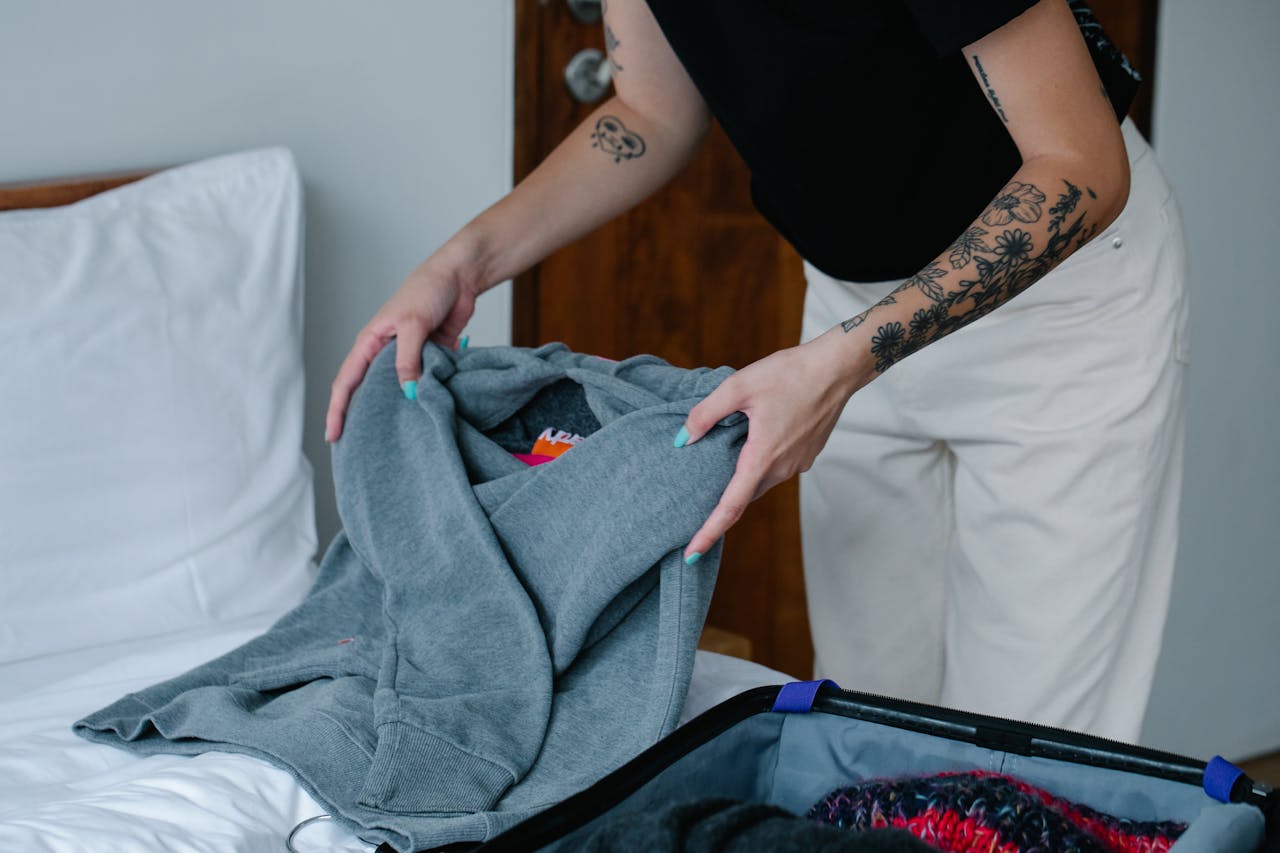
Keeping Active
On the topic of keeping active on a long flight, seat stretching is a great way to check in with your body. Periodically flexing and relaxing the calf muscles and feet, rolling the ankles and clenching and spreading out the toes are easy ways to engage the legs without being too disruptive to others.
Getting up to walk up and down the aisles of the plane (when permitted, of course!) is helpful too. When seated, our bodies have a harder time pumping blood from the legs back up to our hearts, and this circulation process is more efficient when we’re standing. This is another strategy to help travelers feel less lethargic upon arrival.
Other Tips and Tidbits
As previously mentioned, the cabin air is much drier than on the ground, resulting in dry skin, eyes, throats and noses. AsMA suggests packing a hydrating nasal spray, wearing glasses instead of contact lenses and applying a skin moisturizer throughout to help passengers feel more comfortable.
Travelers are also highly encouraged to destress before a flight. Find time to relax before boarding, whether that means eating a good breakfast and going for a walk or cozying up with a good book. Bringing good vibes to the airport will help with the mundane hours ahead.
Overpackers won’t like hearing this one, but be aware of how much stuff is going into the personal item. Sure, snacks, water, skincare, a change of clothes and your choice of entertainment are all necessities, but limit the bulkiness of these items — the more legroom, the better.
Lastly, consider upgrading to business or premium economy. It’s not a splurge everyone wants to make, and that’s understandable, though the comfier seats, extra legroom and tastier food can make the long-haul flight experience much more bearable.


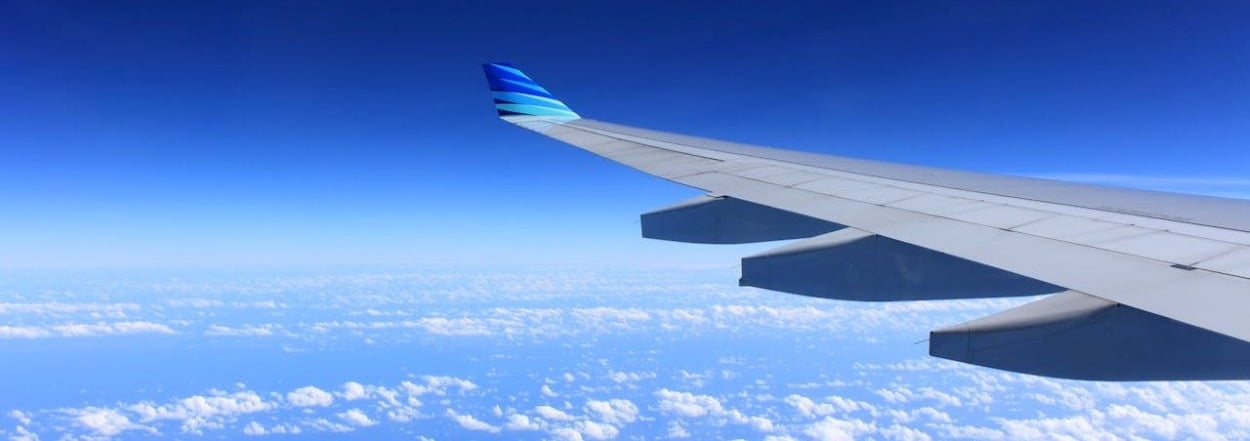


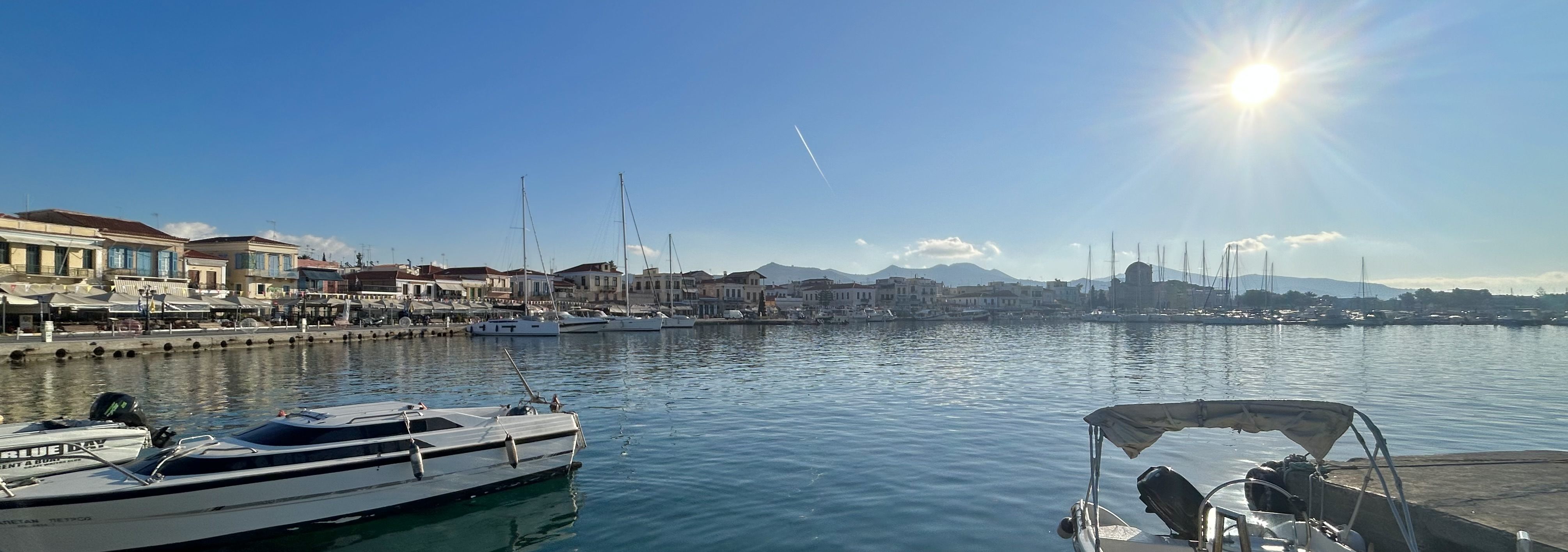
Charlotte Briscoe | 08/13/25 - 06:03 AM
Thanks for this article! I had 2 long haul flights this year to Japan and Ghana. While I already do some of the things mentioned in the article, I now know some additional ways to cope with these long flights!
| reply ⋯